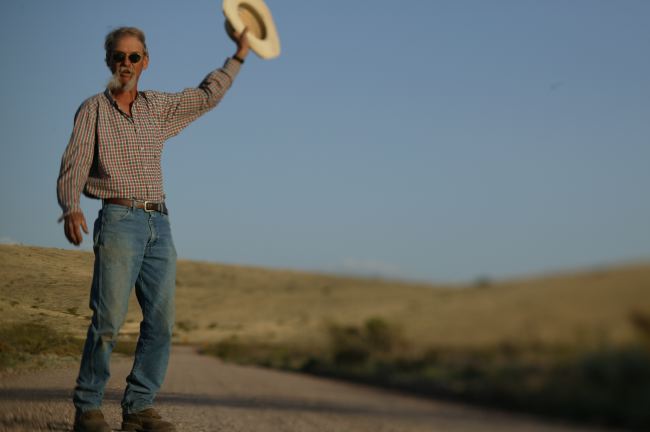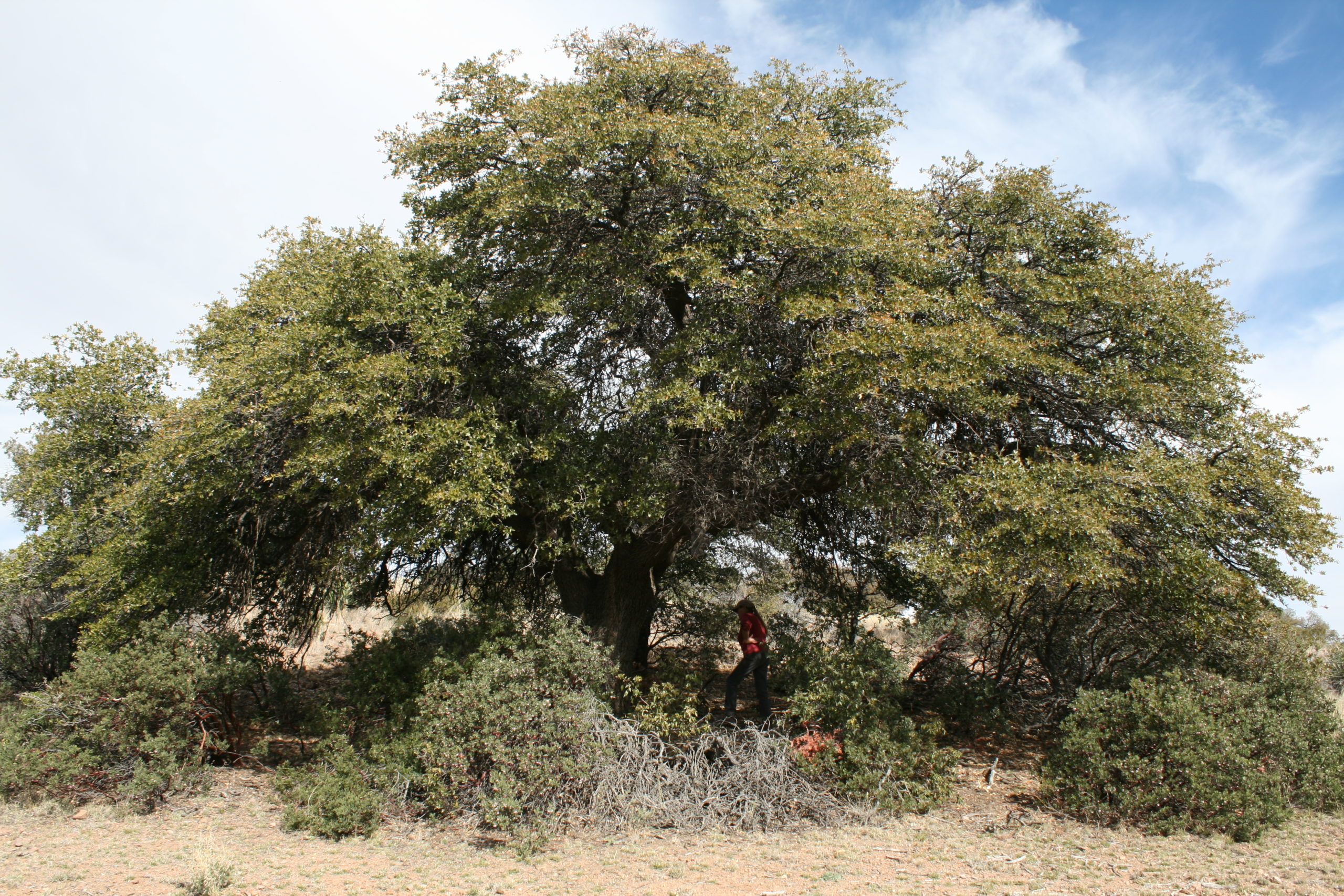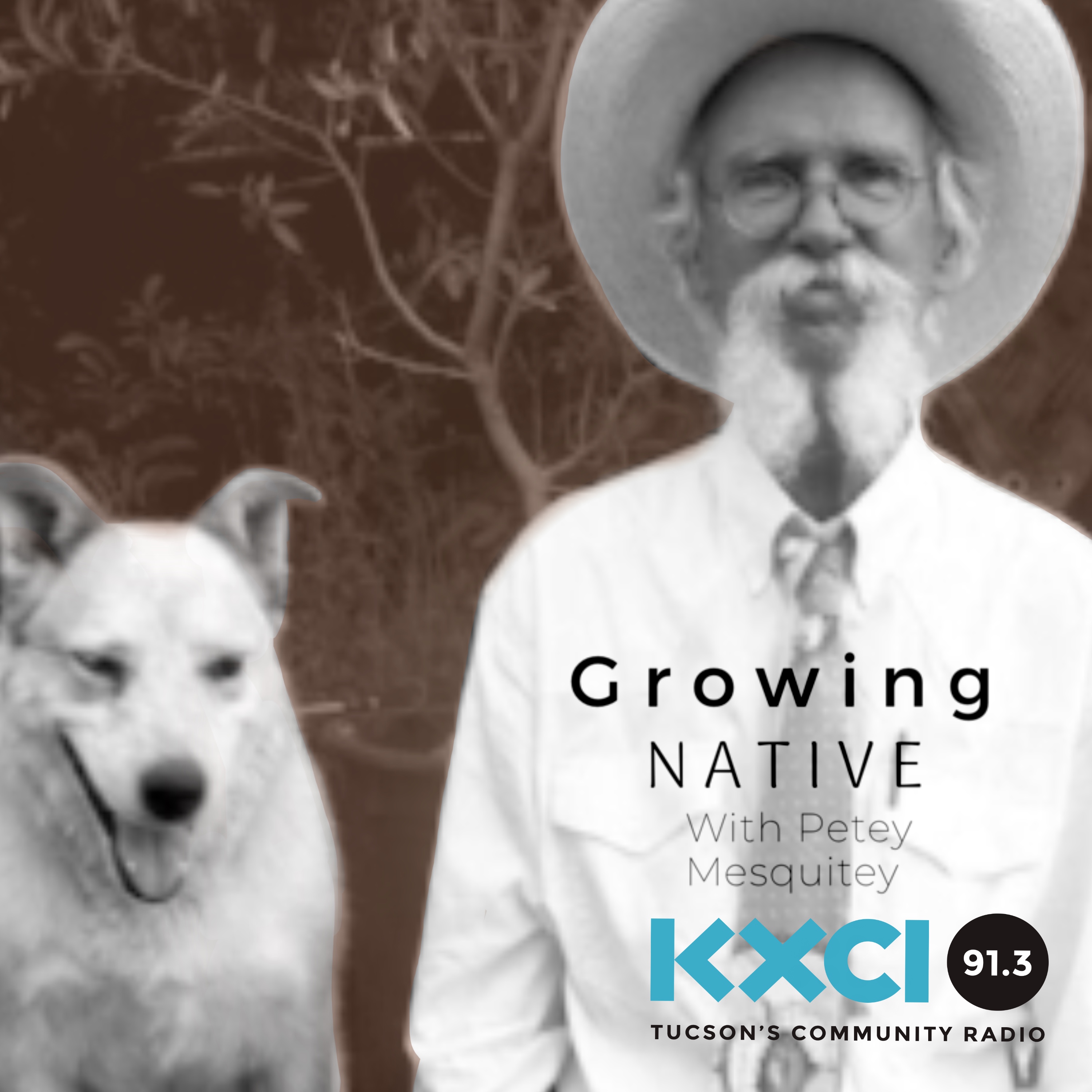I think that if I went back twenty or so years and looked at my notes, I would probably be waxing poetic about fall. It hasn’t even officially arrived this year, but can you tell I’m excited? And the changes, as in temperatures dropping, bird species coming and going, flora drying out or setting seed…oh man, the seed gathering…and yes, I feel pretty lucky to celebrate my birthday on the cusp of autumn. So yahoo!
The rufous hummingbirds (Selasphorus rufus) must have heard me talking, as they disappeared shortly after I recorded this show. They have a remarkable migration, flying thousands of miles from far away as southern Alaska and down into Mexico. Along the way they feed on insects and nectar. You’d think they’d be exhausted. Ha! These small feisty hummers arrive here full of energy and have no problem chasing other hummers away from the feeders.

The nectar bats that come in the evening and drain our hummingbird feeders are the Mexican long nosed bat (Leptonycteris yerbabuenae) and the long tongued bat (Choeronycteris mexicana). The thing that is mind boggling are the sheer number of bats at just two feeders. It appears to be a feeding frenzy, but hey, just nectar bats doing their thing…many bats doing their thing. I ponder the distance they must fly to our feeders and wonder if they have a circuit of feeders over the area that they hit before returning to the hills where some agaves may still be blooming. And what are the signals that will send them scurrying south for the winter?
I owe hummingbirds and bats more time…more shows, but I wanted to make sure I had the time to pitch for KXCI Community Radio where I have had a mini-program about native plants and animals for over twenty-six years. I am so lucky to be a part of the station and I’m only one thread in an amazing fabric of music and news both local and worldwide. And isn’t this fall’s theme sweet? TUCSONIC! Make a “Sound” Investment in Your Community Radio, KXCI! Oh yeah.
Please do make a “sound investment” that supports your community radio station, KXCI. Thank you very much!
Oops, almost forgot; the photos of the Lesser Long-nosed bat (pants on) and the Mexican Long-tongued bat (skirt on) are by my friend Ken Lamberton, naturalist and author.

Petey reveals the results of eating a little too much ground flax seed. Maybe a little too much information, Petey. I just love the...

There are 13 species of oaks found in Arizona and they range from 3,000 to 8,000 feet in elevation across the state. The only...

Leslie Newton Goodding had a busy career. It was when he worked for the U. S. Department of Agriculture that he collected the type...